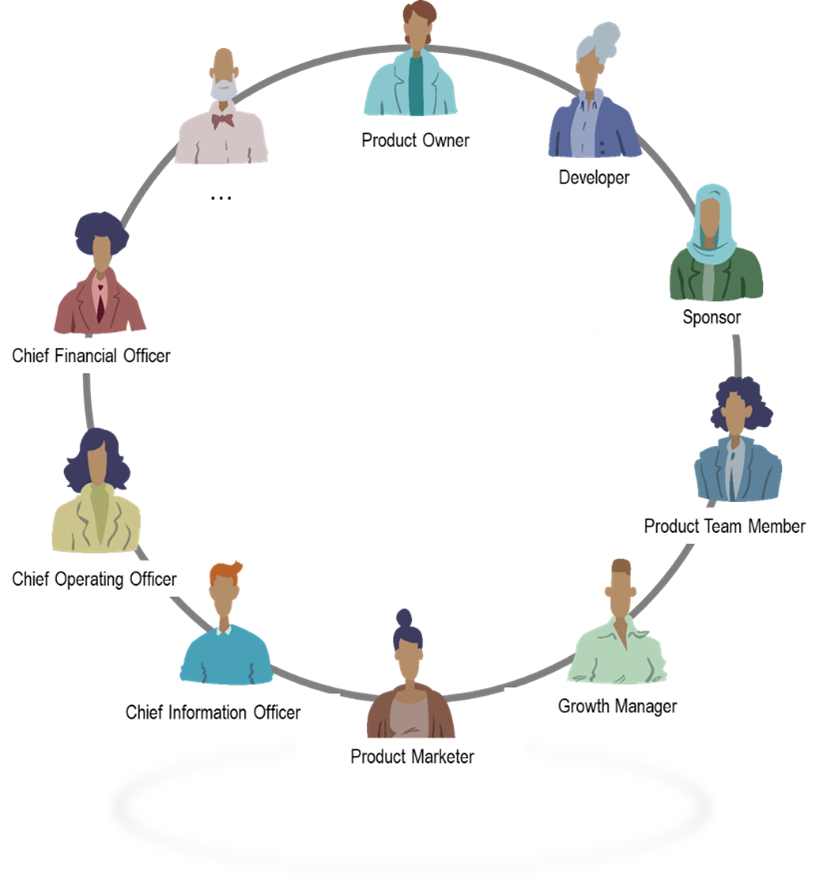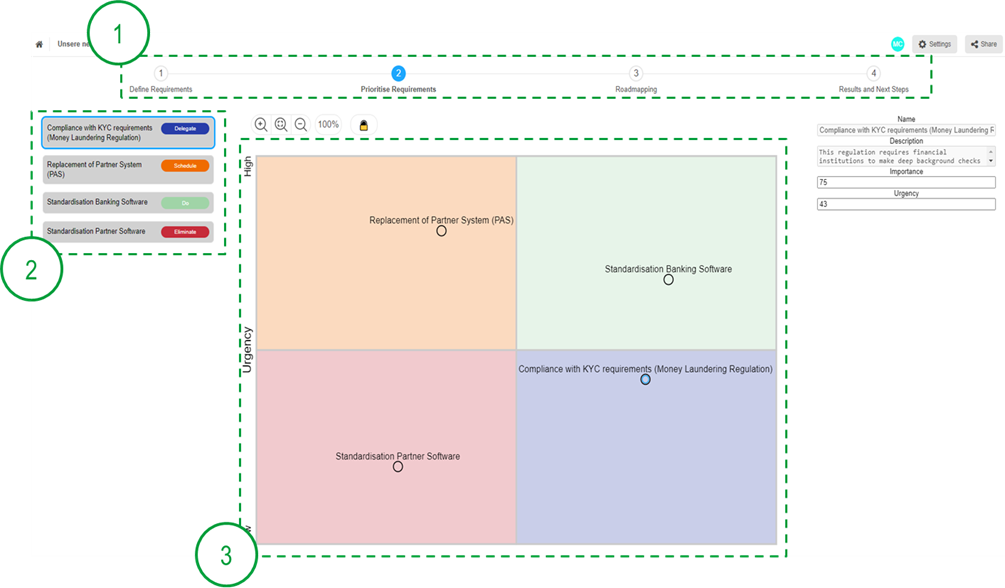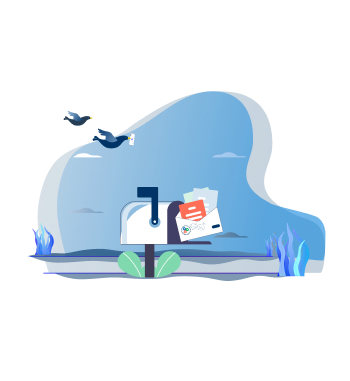Found this helpful? Share it with peers.
Introduction
Continuous change comes with the territory in today’s business. Fail to keep up, and your company could quickly suffer the consequences. However, with the pace of digital disruption escalating steadily and explosively, the rate at which organizations can change direction has become twice as important as their ability to adapt.
Enterprise Architecture – as a key asset for managing business complexity – can be your main catalyst in enabling rapid organizational change, if leveraged in a smart way.
This blog post will show you how your EA team can evolve into an in-house management consultancy, empowering cross-functional teams to innovate autonomously and accelerate change, while providing stakeholders with key skills, services and competencies to deliver tangible business outcomes fast.
Read on to learn how you can democratize transformation in your organization and master digital innovation through EA!
How does democratization of transformation work?
As opportunistic as this concept sounds, challenging the traditional status quo might be perceived as adding another layer of complexity to your operational blueprint – with a potential risk of fragmentation between business and IT. You therefore need to convey the value that such de-centralization could bring to driving sustainable enterprise change. Information on how people, processes, data and technologies interact with one another in your organization, as well as how you create value for your customers, are certainly good starting points for this discussion.
Now you may be wondering: But where does this information come from in the first place? And how is it laid out in a way that’s meaningful for everyone involved?
Enterprise architecture teams are an instrumental part of this answer. In this context, EA teams can be positioned as your internal management consultants. They would be your strategic advisors supporting the business units through their transformation initiatives. And their role would be to identify opportunities and risks in your upcoming decisions, and provide a holistic view of how this impacts your enterprise architecture.
But, how do you make sure that your EA team delivers that right results and keeps your enterprise architecture alive? Keep on reading and find out in the sections below!
Enterprise architecture for the entire company, not just the architects
Creating enterprise models and leveraging them to extract actionable architecture insights will continue to play an essential role in designing and shaping change. However, the way these models are built will definitely evolve over time.
To fulfill their purpose, these models must address the questions of all stakeholders involved in the change. Therefore, it needs to be analysed which information and outcomes can really support the concerned parties in their transformation initiatives.
From that perspective, it’s important to create service offerings for each of the stakeholders, that will help you (and them) understand the upcoming transformation steps. So to say: a set of consulting services with concrete support for decision-making. Or better: assistance in closing the gap between strategy and execution. The term “EA services” is often used in this context, referring to the approach of EA democratization – intended to be precisely tailored to the needs of each individual stakeholder.

Examples of an EA Service in Enterprise Architecture suite ADOIT
EA Services: Helpline for self-help
The intention behind EA services is not that they’re developed by a group of “external” experts, but rather the de-centralized teams in your company – to be able to use them as a starting point for addressing their particular problems. Your EA team would be the one providing solution patterns for this purpose. The helpline for self-help, in a manner of speaking.
But what are these services really? And how do they look like in the context of your enterprise architecture?
Here are a few such examples below:
- Design Thinking & Business Model Innovation: For designing and planning of strategic goals
- Strategic Roadmapping: For prioritizing and planning of your strategic requirements
- Capability-Based Planning: For capability-based execution of your objectives
- Application Investment Planning: For assessment of your application portfolio and the definition of investment strategies
- And many more

Examples of different EA services
For each of the EA services, a set of principles applies. In addition to the concrete “value proposition”, which is vital for EA services, we see the following simple principles:
- Guidance: Few clear steps that can be performed de-centrally by the respective teams without expert knowledge
- Filter: Cutting down of (seemingly-complex) modelling languages to the bare essentials, focusing only on the assets that are relevant for the service at hand
- Decision Templates: Concrete results, often in the form of charts, lists, or Kanban boards, that enable decision-making and communication of next steps
Here’s a real example of how that would look like for the “Strategic Roadmapping” EA service :
- Guidance: The creation and alignment of a strategic roadmap takes place in four phases:
- Define requirements
- Prioritize requirements
- Plan requirements
- Communicate roadmap
- Filters: The “requirement” concept from the ArchiMate modelling standard can be leveraged here. However, the vast majority of ArchiMate’s modelling elements remain omitted for this use case.
- Decision Templates: Each step has concrete results. For example, in the “Prioritize requirements” step, an Eisenhower matrix is used to rank the requirements based on importance and urgency. This helps you see at a glance which requirements need be dealt with immediately, delegated, planned or even ignored due to their low-value contribution.
Examples of an EA Service in Enterprise Architecture suite ADOIT
The foundation of your business transformation
Step by step, different models are created in the context of your EA services. All of them draw a different view of the organization, focusing on exactly what’s important to each stakeholder for their respective decision-making.
If all these models are stored in a central repository and use a uniform modeling language such as ArchiMate, relationships, dependencies and conflicting definitions in the architecture can be easily identified and pinpointed.
By leveraging the potential of EA services and democratizing your transformation initiatives, your architectures come to life and form the underlying foundation of your transformation. Your EA team becomes your in-house strategic consulting team. And they will thank you for it!
Summary
Digital strategy and building agile, resilient organizations are key priorities for most companies today. In an era of constant disruptions and ever-growing customer expectations, enterprise architecture and technology innovation leaders need to move away from the traditional EA approach and towards an internal consultancy that combines tailored services with expert guidance methodology.
In this blog post, we’ve shown you how you can benefit from such an approach and what it takes to establish your internal management consultancy with your EA team.
If you want to dive deeper into how EA services can fast-track your transformation efforts, check out our free webinar “EA services for Outcome-Driven EA“ and discover how our award-winning gartner magic quadrant enterprise architecture tool tackles their definition and effective delivery to business stakeholders. Or, grab a copy of our free ArchiMate poster, familiarize yourself with the different architecture layers and use it as inspiration for setting your next EA focus!







